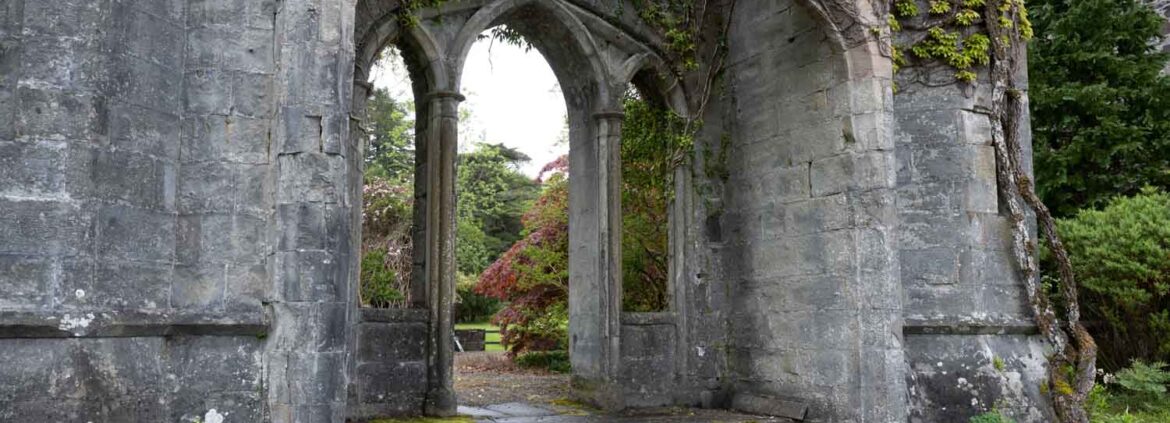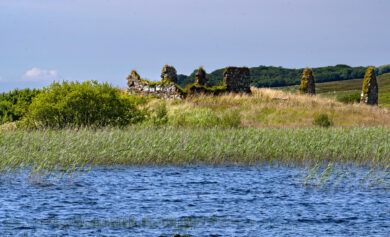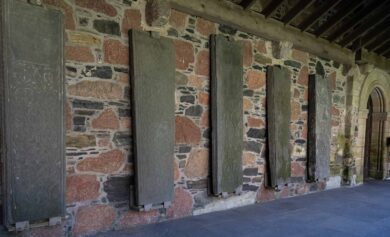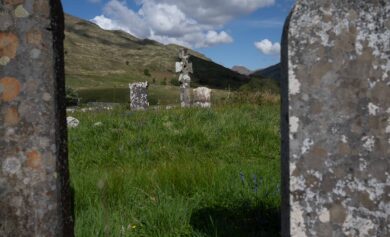Prologue
They are gone, but they are not relegated to oblivion. They were an ancient race of kings who ruled over a fierce and independent people at the height of the Middle Ages. Imagine a vast and harsh land ruled by great landowners, who’s loyalties shifted like the weather coming in from the seas. This is the fascinating history of Scotland’s Lords of the Isles presented as a personal photographic journey through the Western Highlands and Islands tracing the footsteps of these powerful rulers and their unique culture.
I became fascinated with the Lords of the Isles when I first visited the Isle of Islay. After further research I realized that their story has only been told in standard history books – and that to really understand them one had to literally follow in their footsteps across the Western Highlands and Islands. Thus began my journey and determination to bring them to life through a personal photographic expedition.
As the most powerful lords in Britain after the kings of Scotland and England, the Lords of the Isles hold a significance in the evolution of modern Scotland that cannot be understated. According to a majority of historians, the formation of this powerful confederacy of clans is the most important event in the history of the Western Highlands. Rising from a Norse-Celtic heritage that stretches back to the 7th century, the Lords of the Isles were the founders of one of the most powerful clans of Scotland, the MacDonalds, and operated as the leaders of a largely independent lordship for more than two centuries.
“The Lordship provided the Gaels of Scotland with a political unity and cultural focus that was never to be equaled. It represented a tradition that stretched back to the days of St. Columba and the ancient kingdom of Dalriada.”
This book pays homage to the realm of the Lords through photos depicting their territories and landmarks as they appear today. We follow in the footsteps of the Lords of the Isles and hope you will come along with us and experience the magic of this medieval culture.




